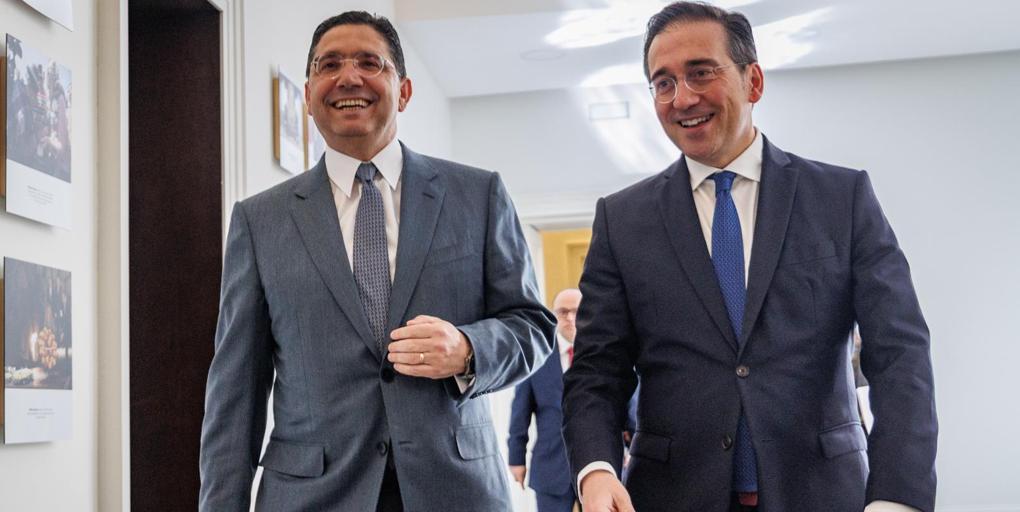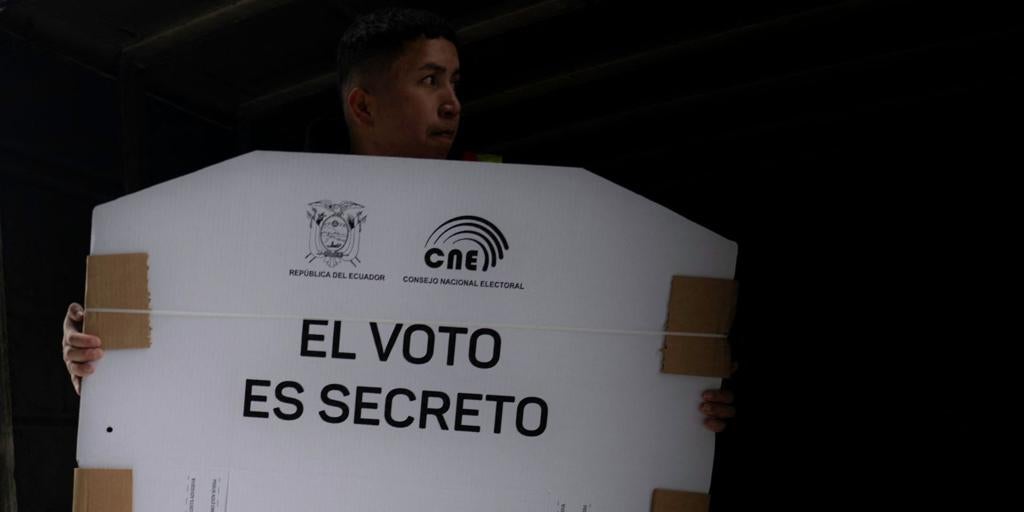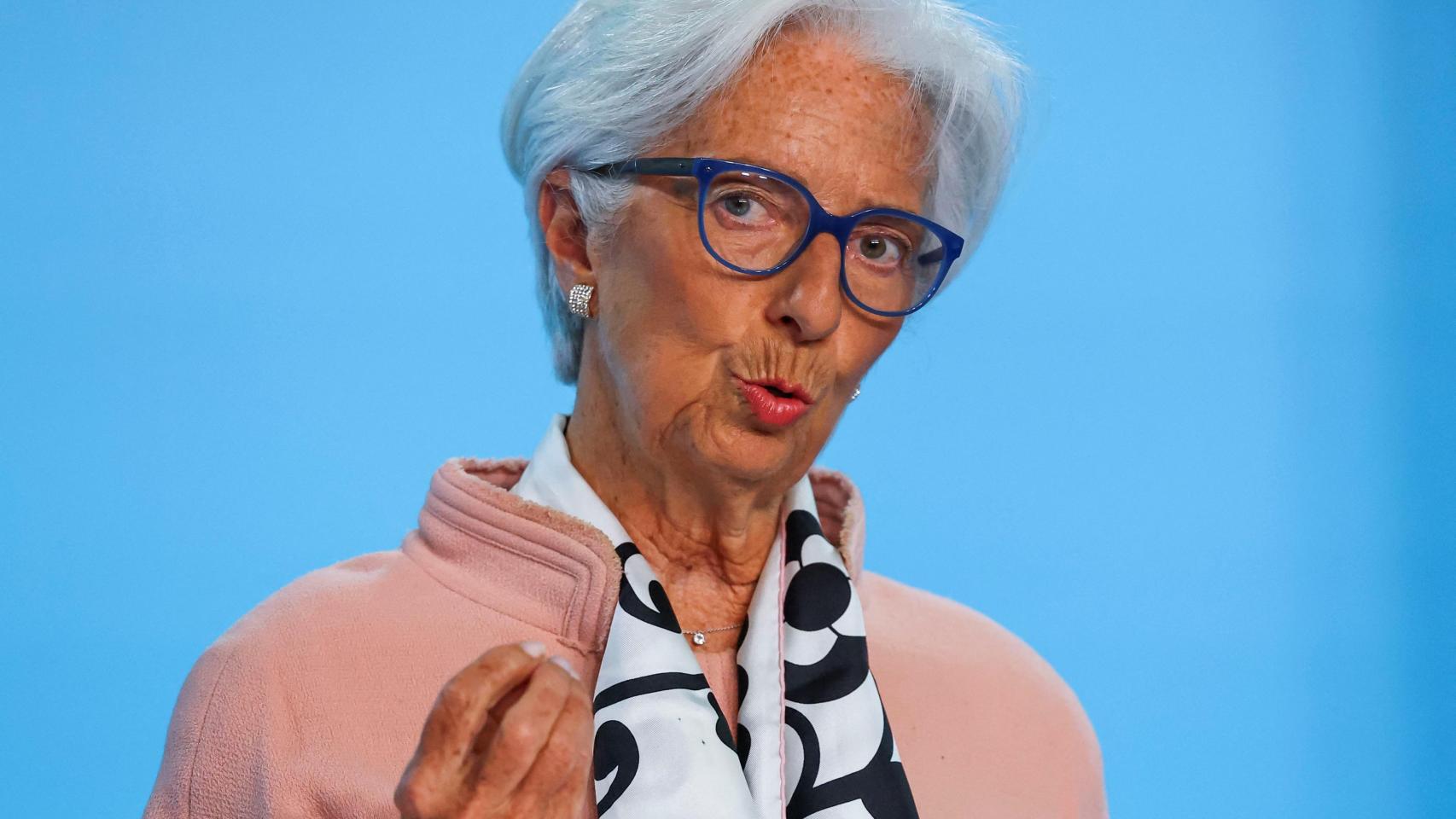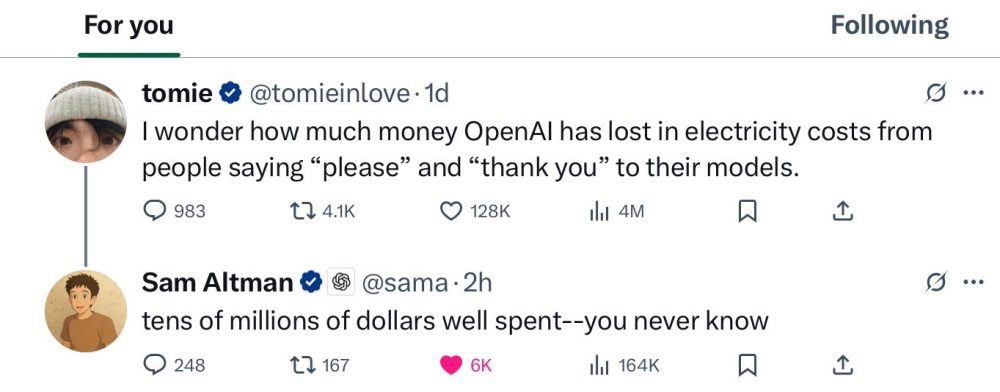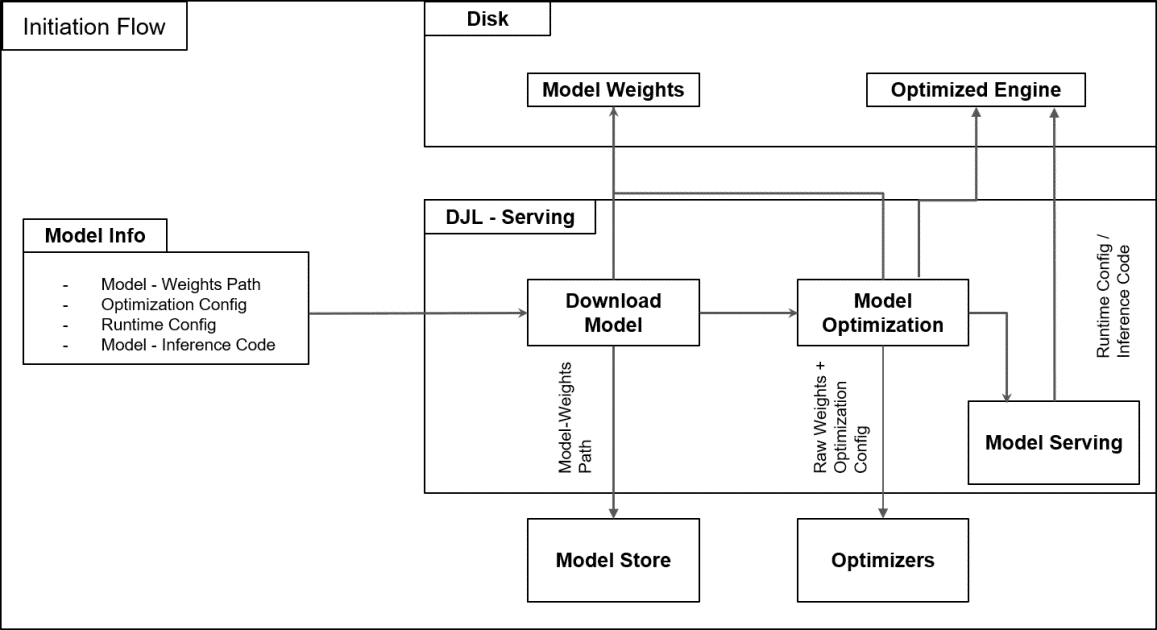China responds to Trump with an 84% tariff: the trade war reignites
China will increase its tariffs on US products from 34% to 84% in response to the latest tariff increase ordered by Donald Trump.

 The trade conflict between China and the United States has dramatically escalated once again. On April 9, the Chinese Ministry of Finance announced it will increase tariff on U.S. products from 34% to 84%, in direct response to the latest tariff hike ordered by Donald Trump, who raised duties on Chinese goods up to 104%.
The trade conflict between China and the United States has dramatically escalated once again. On April 9, the Chinese Ministry of Finance announced it will increase tariff on U.S. products from 34% to 84%, in direct response to the latest tariff hike ordered by Donald Trump, who raised duties on Chinese goods up to 104%.
According to the official statement released by the Chinese government, the measure will take effect on April 10. “The U.S. escalation of tariffs against China is a mistake upon mistake, which seriously infringes on China’s legitimate rights and interests and severely undermines the rules-based multilateral trading system,” reads the message published by the country’s Ministry of Economy.
On April 8, Trump ordered an additional 50% tariff on products from China, adding to the existing 34% and other previously imposed duties, bringing the total tariff burden to 104%. Trump stated that China “desperately wants a tariff deal” but “doesn’t know how to begin,” and added that he was expecting a direct call from Xi Jinping to resume negotiations.
China’s response wasn’t limited to tariff increases. Sanctions and restrictions were also imposed on 18 U.S. companies, mostly tied to the defense, aerospace, and high-tech industries.
ALSO READ: This is Donald Trump’s reciprocal tariffs chart
Which U.S. companies are affected by Chinese sanctions?
China’s Ministry of Commerce added 12 new U.S. firms to its export control list, including companies like BRINC (drones), Novotech (aerospace), Marvin Engineering Company (machinery), and Echodyne (radars). Furthermore, six firms were added to the list of unreliable entities, including military equipment providers like Cyberlux and Sierra Nevada Corporation.
These restrictions are intended to block these companies from participating in sensitive technology exchanges, particularly involving “dual-use” goods, which can be used for both civilian and military purposes.
The impact goes beyond the bilateral relationship: the European Union also announced countermeasures against U.S. products, applying a 25% tariff as an initial response. In total, more than 60 countries have been affected by U.S. trade policies since Trump’s return to political prominence.
What are the economic consequences of this new round of tariffs?
The consequences were immediate in financial markets. Since Trump announced his tariff offensive on April 2, the S&P 500 index has seen its worst loss since the benchmark’s creation in the 1950s. Nervousness spread beyond the stock market: oil prices plunged to four-year lows, and the U.S. dollar—typically a safe haven in times of crisis—was abandoned by investors amid mounting uncertainty.
Jamie Dimon, CEO of JPMorgan Chase, warned that Trump’s tariff policies could trigger a recession and a wave of defaults among U.S. borrowers.
Meanwhile, China’s central bank took steps to avoid a sharp devaluation of the yuan by pressuring state-owned banks to scale back their U.S. dollar purchases.
Which sectors could be most affected in the U.S.?
The impact may soon be felt in American households. Economists estimate that Trump’s tariffs could raise costs for the average U.S. family by several thousand dollars per year. A Reuters/Ipsos poll found that three out of four Americans believe prices will increase due to the tariffs.
Key sectors like pharmaceuticals have also been affected. Following new tariff threats on drug imports, global pharmaceutical stocks fell across the board. Trump maintains that these policies will rebuild the country’s industrial base, but many companies have already warned they may have to raise prices or reduce operations.
How do tariffs affect global trade?
The trade war affects more than just China and the U.S. Other countries like Japan and Canada have offered to collaborate in stabilizing the global financial system, a role historically led by Washington. The post-WWII global trade order is facing one of its most fragile moments.
With average U.S. tariffs now exceeding 20%—a dramatic increase from the 2.5% level before Trump—America is moving further away from the free trade principles it once championed.
